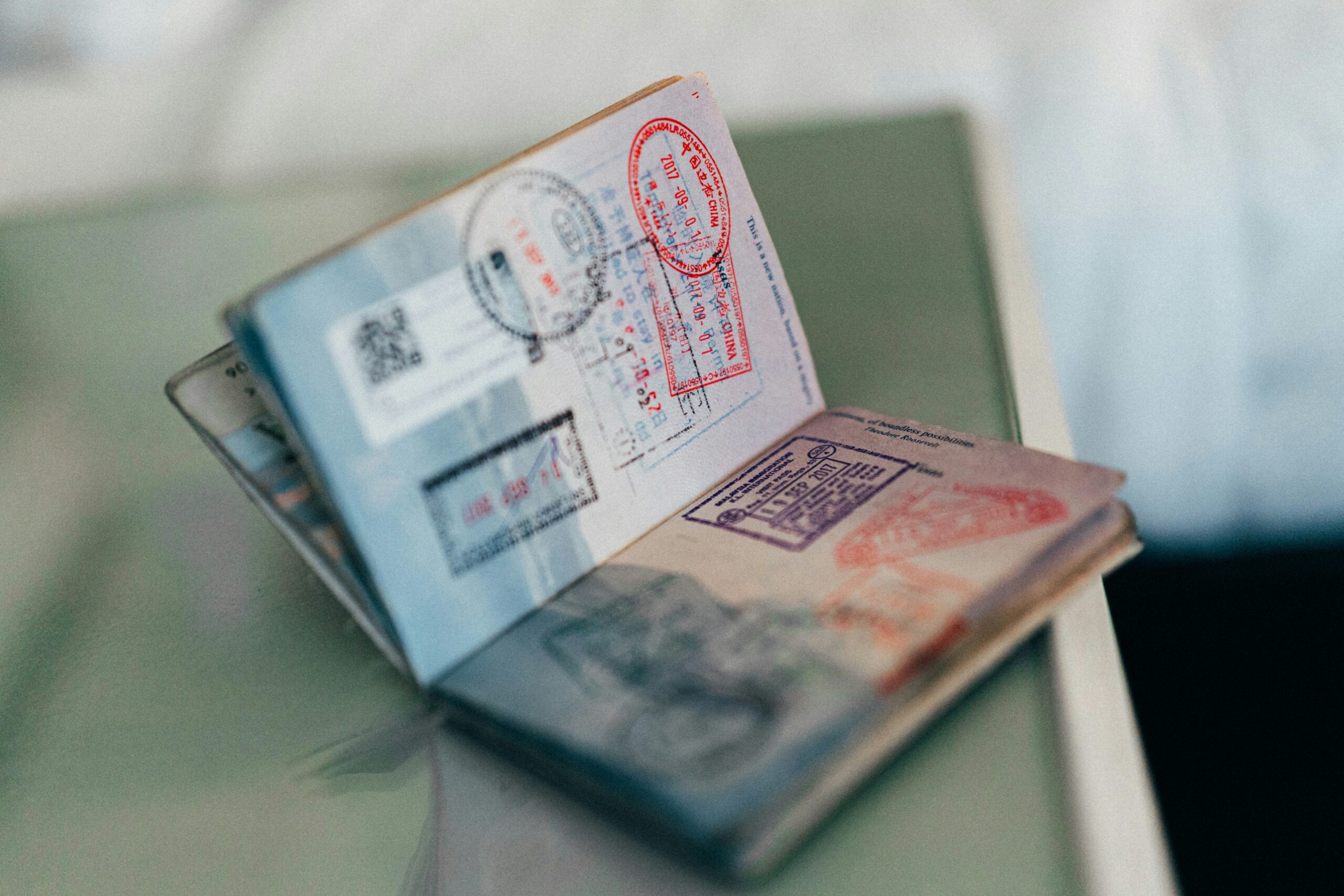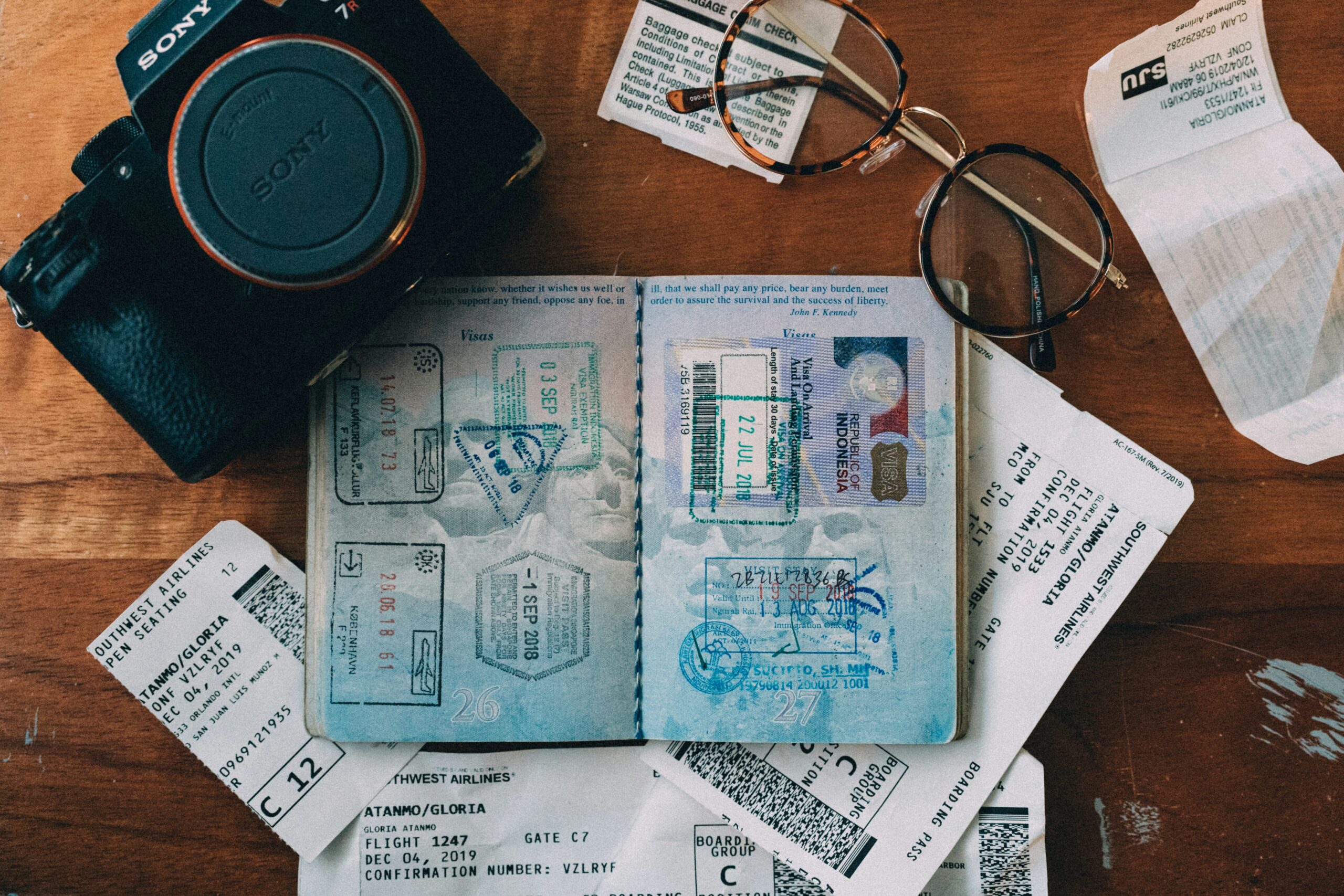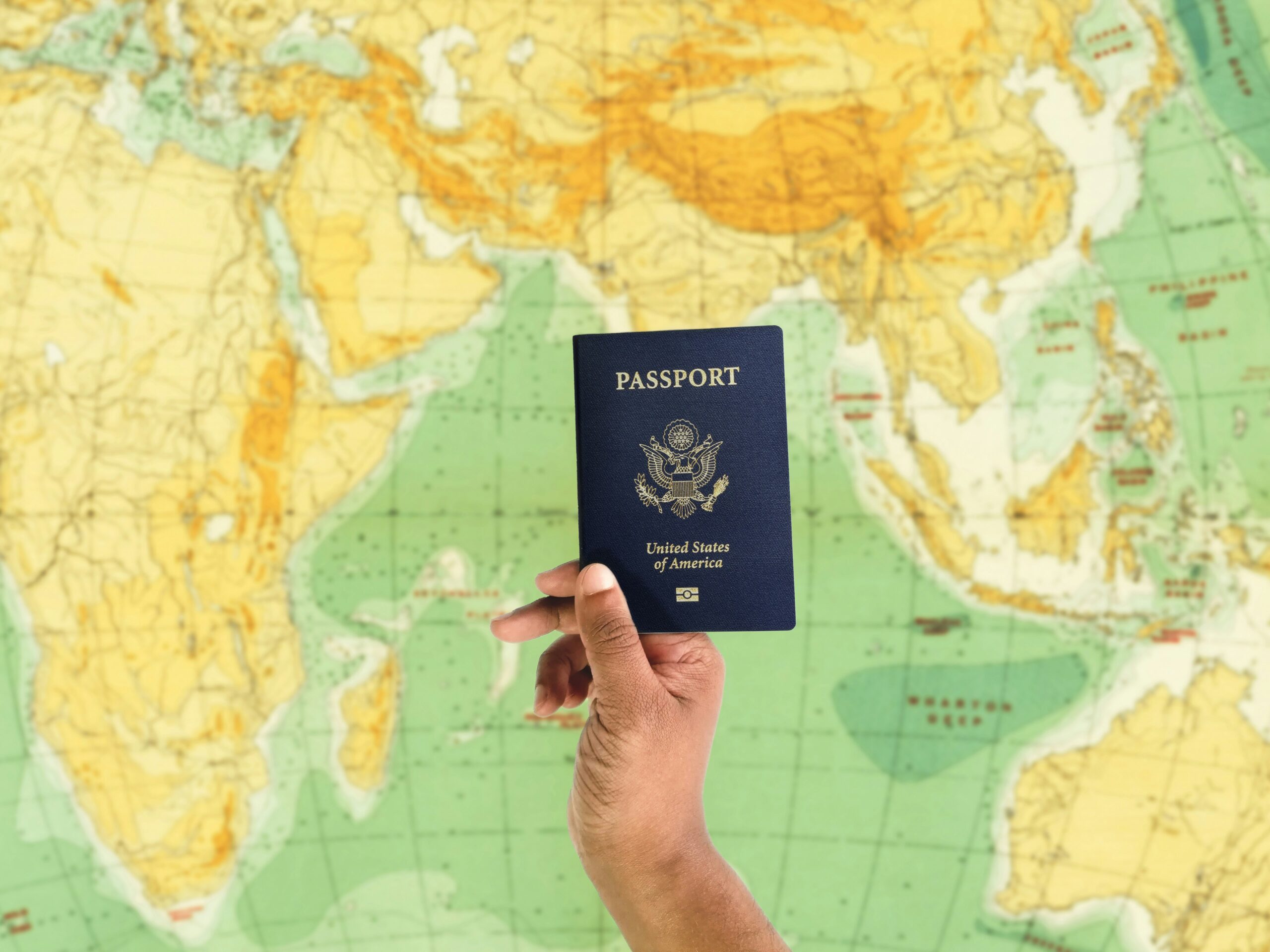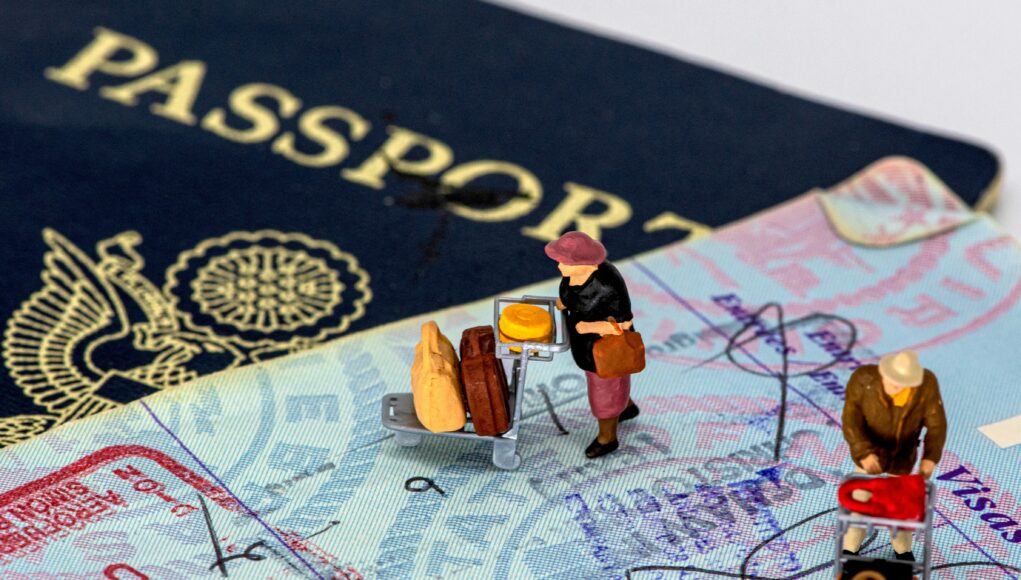For many travelers, a passport isn’t just a travel document; it’s a personal journal. The stamps within its pages collect memories in ink. Each stamp tells a story of a new country, a new adventure, a new culture explored. However, this beloved tradition is coming to an end. The world of travel is rapidly going digital. Consequently, the physical passport stamp is being phased out in favor of more efficient, secure, and modern systems.
 An old, well-used passport with numerous colorful stamps from various countries. The pages are slightly worn, and the ink from the stamps shows different dates and official markings, evoking a sense of extensive travel history.
An old, well-used passport with numerous colorful stamps from various countries. The pages are slightly worn, and the ink from the stamps shows different dates and official markings, evoking a sense of extensive travel history.
Content List
- The Rise of Biometrics and E-Visas
- The European Union’s New Entry/Exit System (EES)
- Beyond Europe: A Global Trend
- The Pros and Cons of Going Digital
- What This Means for Travelers
The Rise of Biometrics and E-Visas
Technological advancements, aimed at enhancing security and streamlining the travel process, directly cause the disappearance of the passport stamp. Today, many countries are adopting biometric passports. These passports contain an embedded chip with a digital photograph and other personal data, like fingerprints. Automated gates can read this information, thereby speeding up the verification process and reducing the need for manual checks.
In parallel, electronic visas (e-visas) and electronic travel authorizations (ETAs) are becoming the norm. Your visa status is linked to your passport electronically instead of appearing as a physical sticker or stamp in your passport. This system makes the status accessible to border agents in a central database. This system is not only more efficient but also more secure, as it is harder to forge or tamper with. For example, the United Kingdom has been actively replacing physical documents with e-visas since 2024.
The European Union’s New Entry/Exit System (EES)
Europe leads this change with the gradual implementation of its new Entry/Exit System (EES). This system is set to be fully operational across 29 European countries by April 2026. It will use biometric data including facial images and fingerprints to track the entry and exit of non-EU nationals.
“The EES is an automated IT system for registering non-EU nationals travelling for a short stay, each time they cross the external borders of… (participating) European countries using the system.” – European Union

This new system is designed to combat identity fraud, identify overstayers, and reduce waiting times at border control. However, initial processing for first-time visitors may take longer as officials collect their biometric data. Ultimately, the EES will officially replace the time-consuming and often unreliable manual stamping of passports.
Beyond Europe: A Global Trend
This move away from physical stamps is not limited to Europe; in fact, it is a global trend. Countries worldwide have already adopted similar systems or are currently in the process of doing so. For example, Australia stopped issuing passport stamps years ago, relying instead on electronic records. Other nations, such as Argentina, Hong Kong, and Singapore, have also made the switch. Even the United States has been quietly phasing out physical stamps in favor of digital programs like Global Entry.
The Pros and Cons of Going Digital
While the shift to a paperless border has its benefits, it also brings some emotional and practical trade-offs.
Pros:
- Efficiency: Automated systems and e-gates can significantly reduce waiting times at airports and border crossings.
- Security: Biometric data and digital records are much harder to counterfeit; consequently, they help combat identity theft and other fraudulent activities.
- Data Accuracy: The system provides a reliable, centralized record of a traveler’s movements, making it easier to track overstays and enforce visa rules.
Cons:
- Loss of Tradition: For many, the physical stamp is a cherished memento, a tangible record of their travels. They feel a sense of nostalgia from this loss.
- Privacy Concerns: The collection and storage of biometric data and travel history raise questions about data privacy and security.
- Initial Delays: First-time users of the new systems may experience longer processing times as officials initially capture their biometric data.
What This Means for Travelers
For the modern traveler, the future of border control is “digital by default.” Your passport will continue to be a necessary document, but its primary function will shift from a physical record to an electronic key. You will be able to prove your identity and immigration status with a digital record linked to your passport, potentially using your smartphone or other digital devices.

The romantic appeal of a passport filled with stamps may be fading. However, the opportunities for travel are only becoming more streamlined and secure. As one article notes, “While the passport stamp is disappearing, the journeys remain.”
Citations and References:
- “Goodbye passport stamps—these 29 countries are phasing them out beginning next month,” Time Out, September 8, 2025.
- “Entry-Exit System (EES) replaces passport stamps for travellers to 29 EU countries,” The Travel Magazine, September 10, 2025.
- “Updates on the move to eVisas,” GOV.UK, September 1, 2025.






